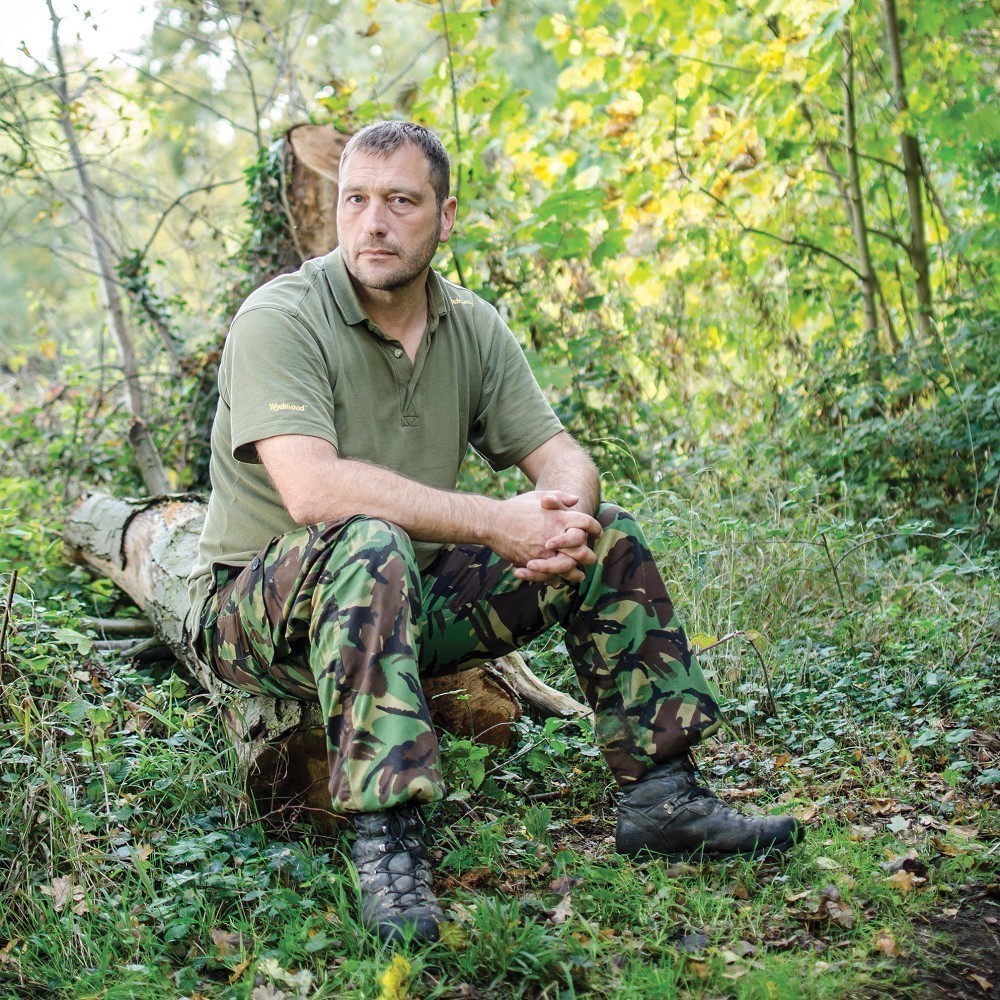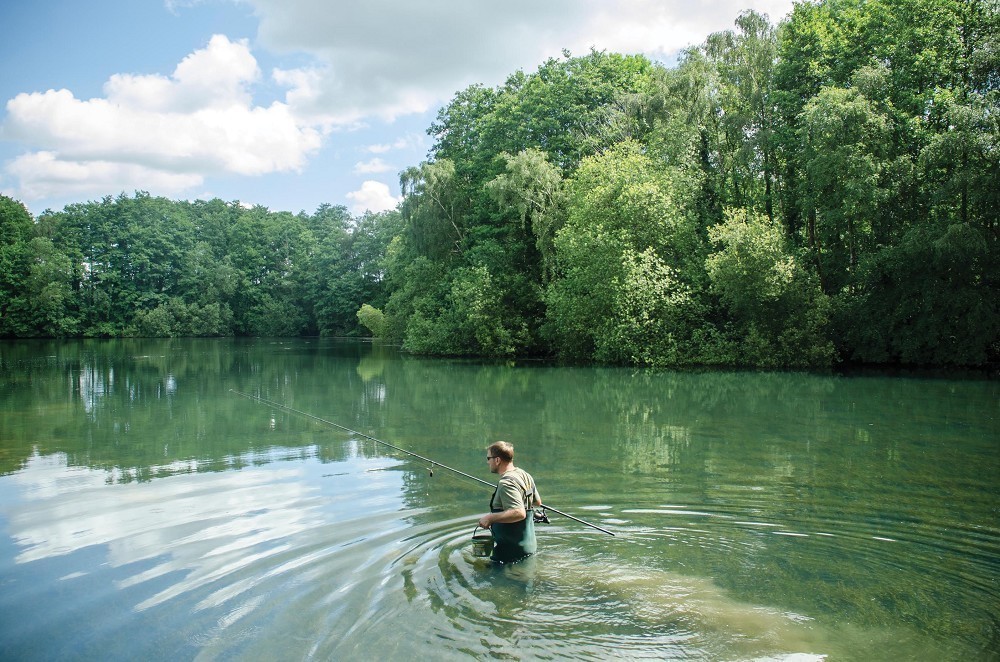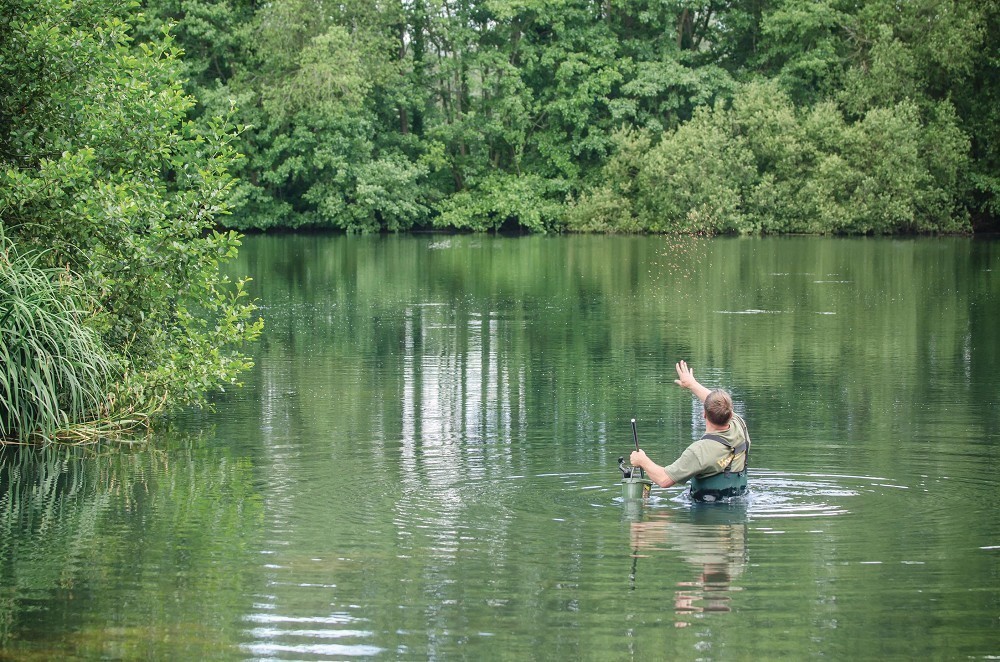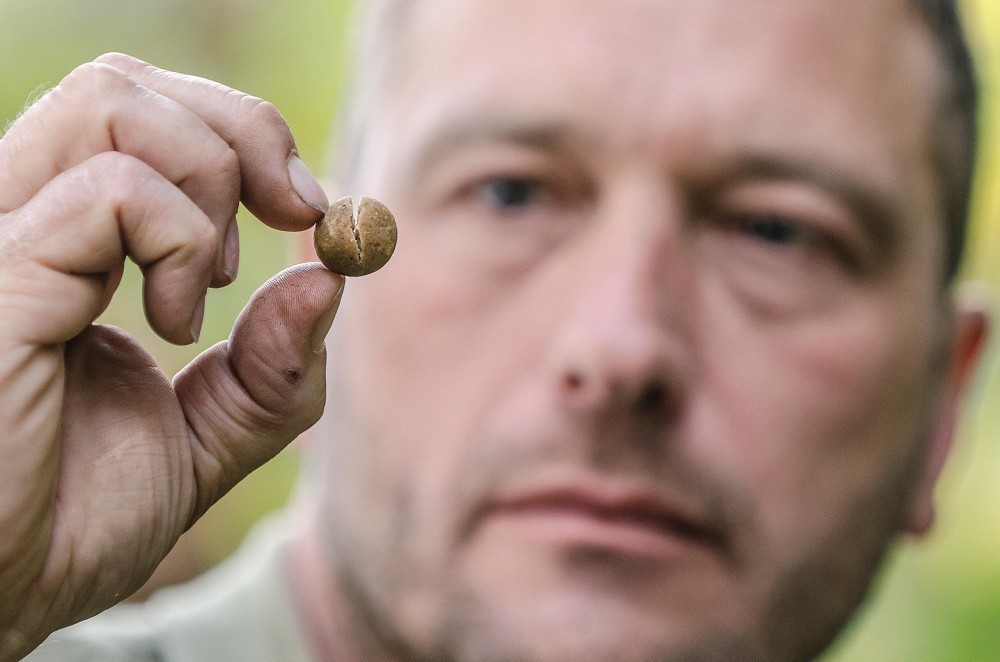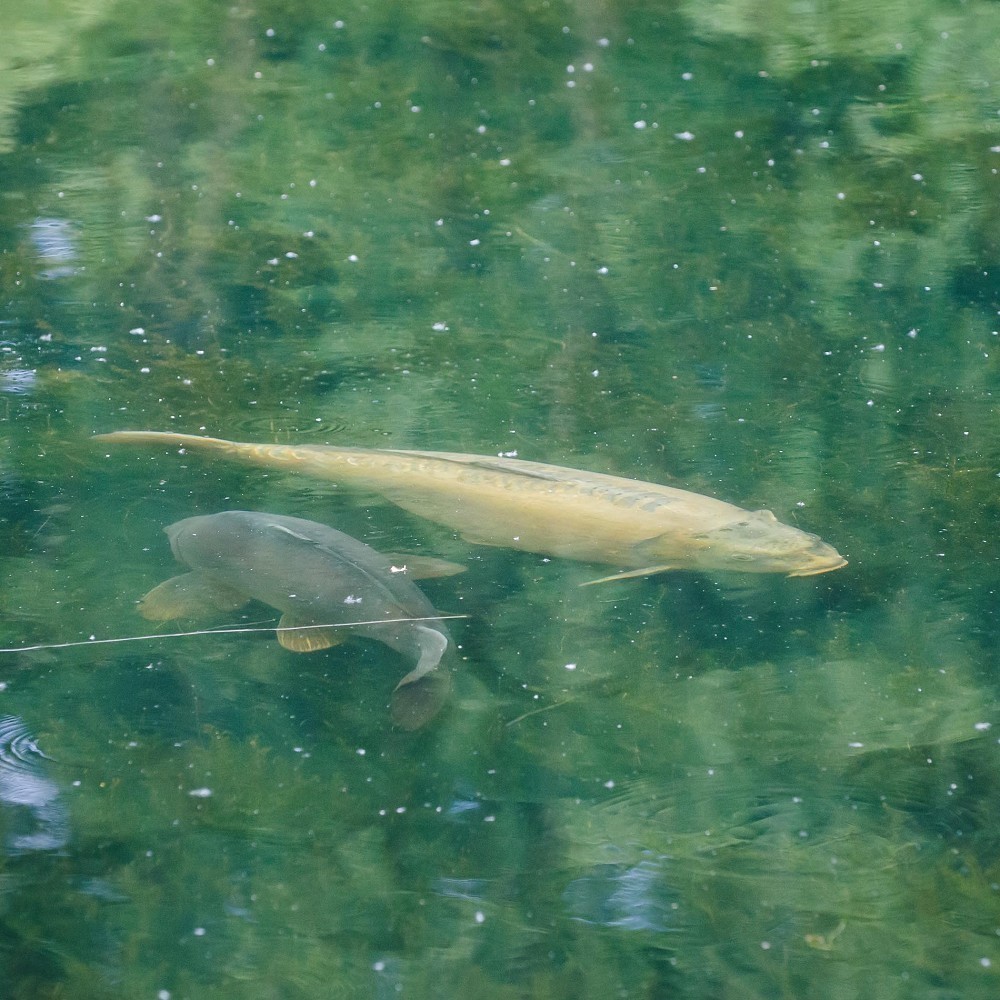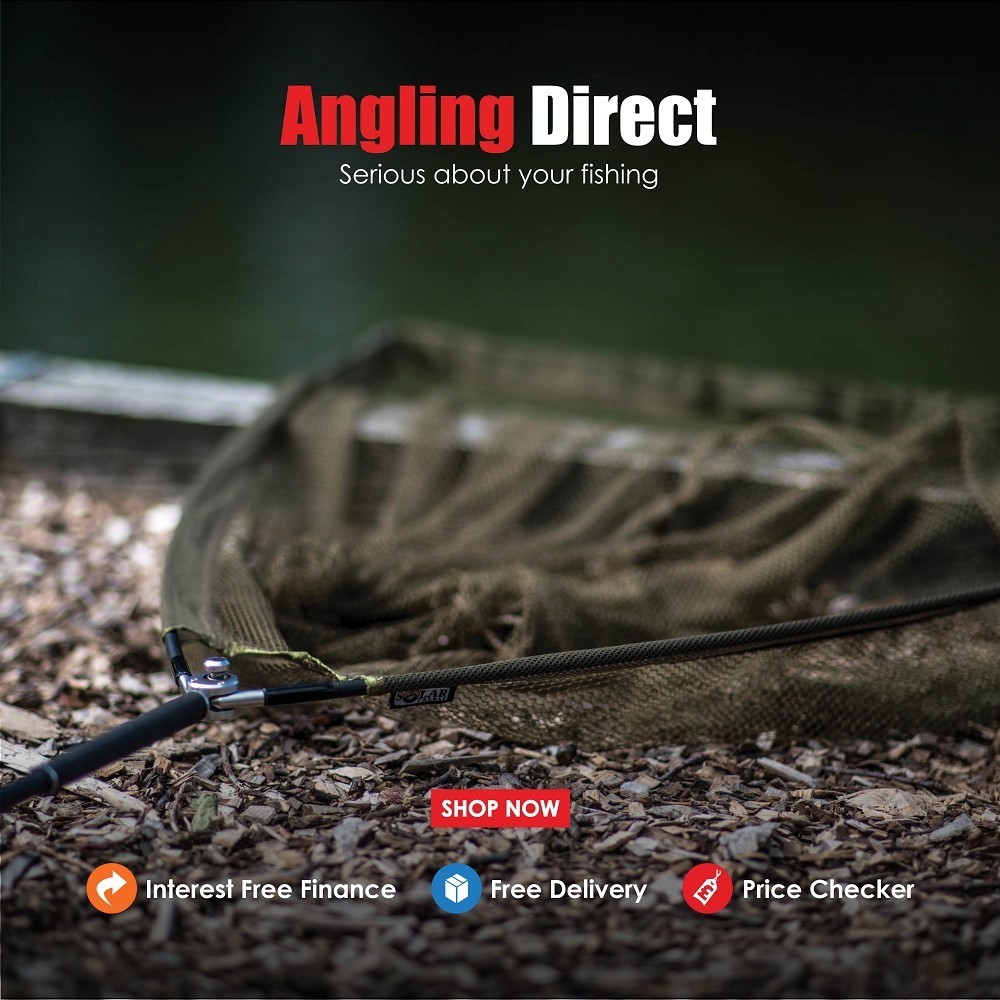Why has your favourite spot blown?
The pressure circle...
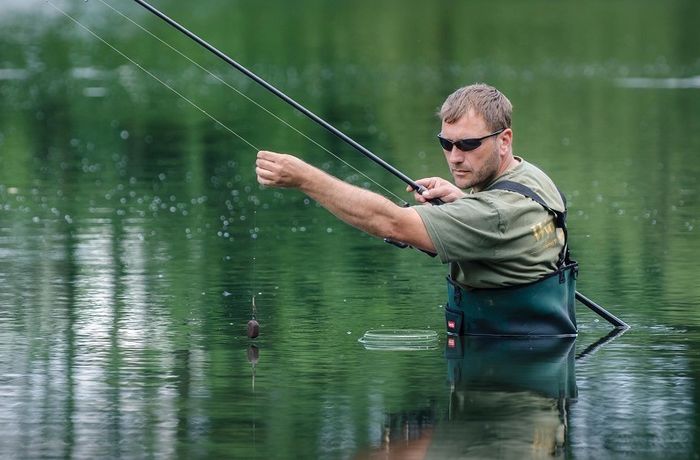
Let’s start with features. In my mind there are areas and features that attract the smaller fish and areas and features that attract the big girls.
I believe the obvious spots where people bait regularly and fish regularly are certainly areas that you’ll catch the smaller fish – blatant spots, up to islands, big clear spots, big bars; I wouldn’t say so much the smaller channels, as these generally are where you find the bigger fish, but anywhere that’s properly blatant and generally exposed, the smaller fish do seem to be less wary of them. I also think that these obvious spots and features are where you’ll get groups and numbers of fish where the smaller fish will hang around together that will move through together.
I don’t think it’s a case of the bigger fish won’t feed in these areas; I believe that on any given day when they’re not surrounded by large numbers of small fish then you can certainly catch them from these spots – don’t rule it out I suppose – but when you’re trying to narrow things down to target specific fish (i.e. the biggest residents) then you’re not going to target the regular haunts of small fish, are you?
I think smaller fish hang around in groups of smaller fish and large brutes of the lake tend to go about on their own, they’re more often loners. However, there are definitely too many people out there who are crediting the fish – whatever their size – with a greater degree of intelligence than they actually have. Yes, they have patterns and behaviour, and yes, they do seem to have an ability to suss out lines and rigs, but in many cases carp of all sizes can appear to be as stupid as anything, giving themselves up in ways that totally contrast much of the ‘knowledge’ about fish that anglers hang onto.
What would I class as ‘big fish holding areas? Certain lakes – take Burghfield for starters – that lake has quite a lot of carp in it and that makes targeting the main big fish (The Burghfield Common) a much harder task. Research is key on any venue, that’s a given, but you need to think about what I’ve talked about previously regarding where big fish like to feed. I’d never target that fish out on an open spot where it’s exposed; I don’t believe that fish will feed there. You’re much better off targeting the areas closer to the bank. Being specific to Burghfield, I’d be looking at areas like the Dog Leg or maybe The Shallows when the smaller fish aren’t about; that fish behaves like the other fish in that it wants to be somewhere warm but it’ll be on its own. Fish observation is key and it’s where a pair of keen eyes can catch you a fish more than any baiting strategy.
Other big fish areas I’d target would be small, dinner plate-sized spots. The venue could be acres and acres in size, there could be bushes, overhangs, shelves, all sorts. Small spots aren’t generally there if numbers of little/smaller fish have been feeding. It’s these numbers of fish that clear spots out, trash them and continue to visit these big, open spots that they’ve created. I don’t want to go into ‘spots within spots’, but there are certainly spots within areas that are more appealing as a ‘big fish’ spot like I’ve just mentioned, those small spots, but as I’ve previously written once, these spots start to lose their definition and become too prominent, then they lose their appeal and are ‘blown’.
Quite often, areas that appear to have blown are the areas that have been visited time-and-time again and have been made so big that the big fish don’t have any cover. Like I’ve said, the small fish might still feed there but the big fish will definitely be less inclined to stay around these spots for any length of time. Don’t get me wrong, fish can make stupid mistakes so there is no set-in-stone rule, but history tells us that big fish like cover.
However, to kind of contradict myself, especially on waters where the spots haven’t got too big but have appeared to slow down, you can get someone (often a newcomer to the venue) who fishes that spot after a month or so of inactivity and they catch a fish. I’ve seen it loads of times; a newbie turns up, casts out a PVA bag onto a blatant spot and it works when everyone has given up on that spot.
Quite often on pressured waters where everyone’s fishing the same swim and same spots, it’s often tricky to get a bite over the guy who’s just left. What I would try and do is firstly, look for an area in the swim that doesn’t get fished often. On these waters that I fish, everyone knows the spots: left rod goes here at 60yds, middle rod goes there at 100yds and the right-hand rod goes in the margins, put bait here, etc. etc. When I approach a water I purposely avoid doing what everyone else tells me to do, because ultimately it’s been done before and if there’s nothing coming out, why not try new areas? I’d be looking for those small spots, those areas that just fit one fish in. The drop on the cast might not be as firm but you know it’s a proper nice place to have a bait. I’d quite happily fish on a bit of weed if I knew that spot looked like it had potential. Like I’ve written before, boat work and wading allows you a greater degree of observation of these areas.
Bait can certainly have an effect on an area and it kind of ties in with what I just said about blatant, regularly fished spots where it’s a one-in, one-out scenario that’s so typical on pressured waters. The bait on those spots is just constantly there and the fish get caught too much from these spots, which is where it comes back to spots becoming unproductive. Your chances are massively hindered if you are being told that a spot is worth fishing but it’s got a shedload of bait on it, hence why it’s best to find your own spots and bait them accordingly.
Changing course slightly, I want to talk about why some fish can go uncaught for years. I’ve got a few examples of fish that haven’t been out for a few years and why I think that is. I can remember on Wraysbury, a fish called King Of The Fungus had only ever been caught once and that was on a floater. It was a fish that was rarely seen and I didn’t believe that it was in there. Then one day I saw it and I was gobsmacked – it was alive and well. It just kept itself to itself.
The Railway Lake was a strange water for fish not coming out. There were certain fish that came out once a year, there were certain fish that came out twice a year. But there were two fish that came out once every two years and those fish were Single Scale and The Wood Grain. There was another fish called The Pretty One that came out once in every four years! These three fish, you could mark your calendar by them, it was that particular! Everyone used to talk about The Pretty One when I was on the Railway but it was a fish that never got spotted from the bank or boat so by the time it had gone nearly four years after its most recent capture, you’d swear blind it was gone. But one day I was walking round past the Bridge Swim and there it was, just sat there in the pads. I just looked and looked at it, thinking to myself that it was a good 30lb linear with tiny little scales. I walked away realising that it was that fish; I felt like one of the luckiest people ever to walk the banks of that lake, a really special sight. Two weeks later my mate caught it, I was out on the boat with him.
With these types of fish it’s just a waiting game. Generally speaking when you put the bait out I think they are allowing the more ravenous fish to get to the food first. The more you put out, you’re going to bring in those other fish that just want to get to the grub, the smaller fish that go in groups. Those fish that don’t get caught very often, I believe they don’t sit over beds of bait. For a fish like that you want to be fishing a few baits, five or six boilies, a few nuts, something like that. That’s why they don’t get caught because not many people fish like that on a regular basis. If everyone fished with five baits, I reckon those fish would get caught more often.
In terms of resident fish, I believe these fish are rarely seen from the bank because they are loners, they don’t get involved with other fish, they don’t compete for food and they generally frequent an area of a lake that doesn’t get fish. They don’t like pressure. Going back to King of The Fungus, I spotted it under a bush on an island and it was a spot that you just wouldn’t have given much thought to. Another Wraysbury fish, The Pug, was another one that loved hiding under a bush on 10-Acre Island. It was a tiny bush, not worth a second glance but it seemed to be where that fish lived.
The history books are full of examples of where an angler has gone onto a pressured water and did something very different. Darrell Peck was one, when he went onto The Car Park Lake with a boilie approach. He went in with bigger boilies, catapulted out and smashed the place. I can’t recall many occasions when I’ve made a massive change to my fishing. It’s all been about subtle, minor tweaks that have helped me adapt and move the fishing forward. I think you need to take a look at what people class as being very different; to one person, what they regard as a small change might be a huge change to another person depending on how they fish.
I’ve always tried to look at bait as something that can be changed. Although it kind of contradicts what I was saying about big fish wanting small amounts, if the water is dominated by people introducing 100 baits here, half-a-kilo there, try upping the amount. If you’re just after a bite then it could be the way you get one. It probably won’t work for the biggest loners, but if the small fish are all mid-twenties and no one is catching them, at least you’re putting fish on the bank.
However, for big fish I still stand by small amounts. I can remember on The Manor, people used to go down and absolutely fill it in. From day one I used 10 boilies at a time. But I used to squash them so they started to split – I’d press the two halves back together so they kind of went back into looking like a regular boilie, but when I fired them out, they’d split in the water and I’d now have 20 half boilies along with the hookbait. People were watching thinking I was feeding whole baits. The thing is, people would try to replicate it but they were feeding whole boilies and usually outing in more than I’d introduced; some would catch but the majority wouldn’t, the fish didn’t want that much bait. I also used to fish contrasting hookbaits – a yellow bait over red fishmeal boilies for example. Little differences that are well-known these days but are not always at the forefront of people’s thought process.
Wraysbury saw a lot of sweetcorn at one point but people misread the situation when bites dropped off and no one caught on it. To this day I still believe that the fish just went slow, whatever the reason, but it wasn’t that the bait had blown. Let’s get it right: fishing isn’t always prolific and at certain time of the year the fish just don’t feed as hard. In the summer, after the fish have spawned they’ll have a little feed but generally speaking, the summer time can be a real lean spell. We all love being out in the sun but it’s not always when the fish want to feed. Anyway, people thought the fish had gone off corn and I just said to myself, ‘Yeah, you carry on thinking that’. After three or four weeks of no corn going in (initially there was a lot of corn that was still visible on spots) everyone had switched to boilies so I started back on corn and caught. It wasn’t a change per se, more of seeing the bigger picture (i.e. fish behaviour) and not focusing solely on how the fish were reacting to what the anglers were doing.
When you’re faced with pressured waters you need to be quick to adapt, quick to react and make your own decisions.



